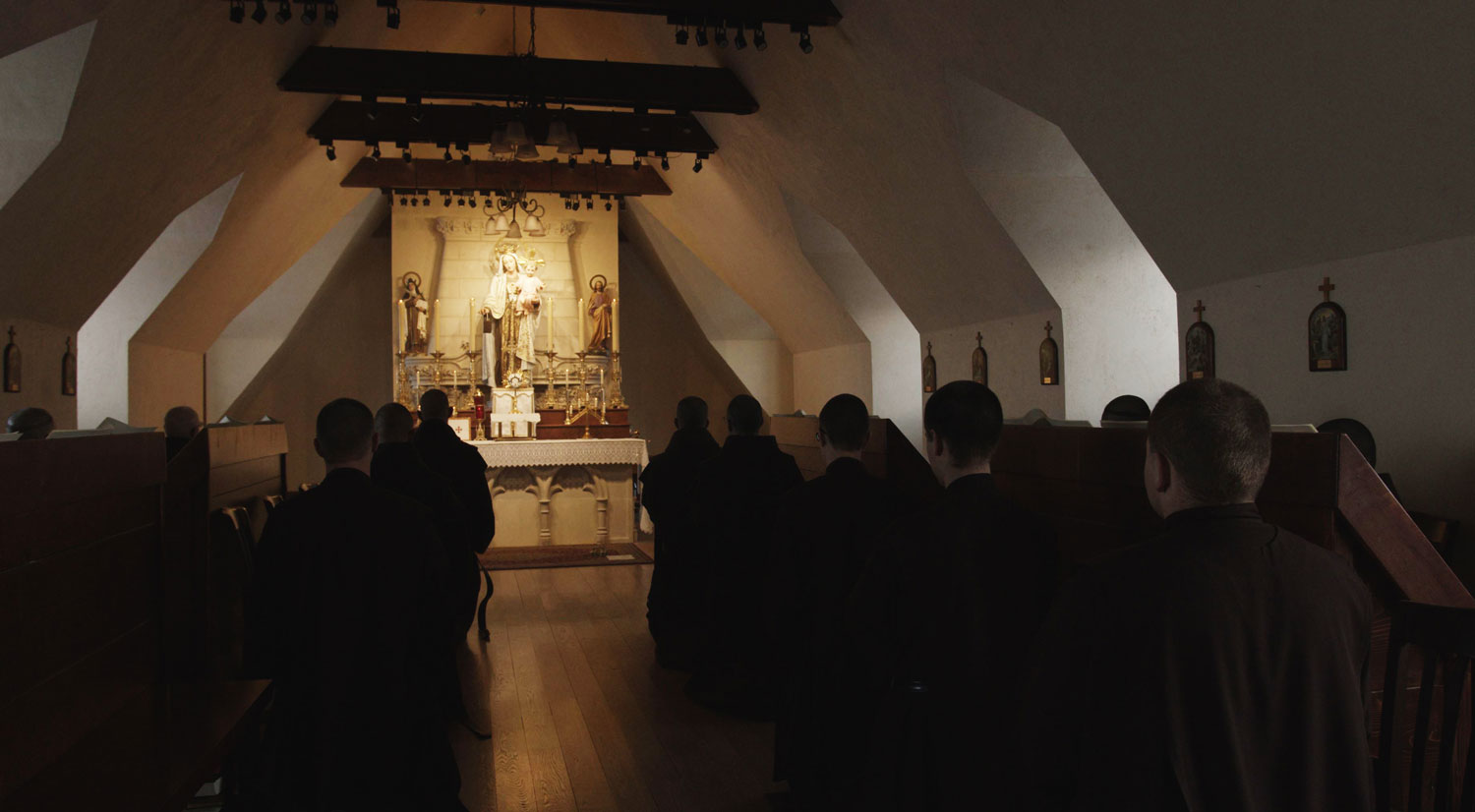
Easter Island, a remote volcanic island in the Pacific Ocean, is famous for its mysterious statues known as moai. These massive stone figures, carved by the Rapa Nui people, have puzzled historians and archaeologists for centuries. Why were they built? How were they transported? What do they represent? These questions have sparked countless theories and debates. Some believe the statues were created to honor ancestors, while others think they had religious or astronomical significance. Despite their enigmatic nature, the moai remain a testament to the ingenuity and culture of the Rapa Nui. Let's dive into 30 fascinating facts about these iconic statues!
The Enigmatic Moai Statues
Easter Island, or Rapa Nui, is famous for its mysterious and massive stone statues known as Moai. These statues have fascinated historians, archaeologists, and travelers for centuries. Let's dive into some intriguing facts about these iconic figures.
-
The Moai Statues Are Made of Volcanic Rock
The primary material used to carve the Moai is tuff, a compressed volcanic ash. This rock is relatively soft, making it easier for the ancient Rapa Nui people to carve. -
There Are Nearly 1,000 Moai Statues
Around 887 Moai statues have been documented on Easter Island. Each statue is unique, with distinct facial features and expressions. -
The Largest Moai Weighs 82 Tons
Known as "Paro," this colossal statue stands about 32 feet tall and weighs approximately 82 tons. Its sheer size demonstrates the incredible craftsmanship and determination of the Rapa Nui people. -
Most Moai Face Inland
Contrary to what one might expect, most Moai statues face inland rather than towards the sea. This positioning is believed to symbolize protection over the island's inhabitants. -
The Statues Have Bodies
While many people think of Moai as just heads, they actually have bodies buried underground. Excavations have revealed that some statues are up to 33 feet tall when fully exposed.
The Purpose and Construction of Moai
Understanding why and how the Moai were constructed provides deeper insight into the culture and beliefs of the Rapa Nui people.
-
Moai Represent Ancestral Figures
The statues are believed to represent deified ancestors who were thought to provide protection and prosperity to the community. -
Carved Using Stone Tools
The Rapa Nui people used simple stone tools called toki to carve the Moai. These tools were made from harder volcanic rock. -
Transported Using Logs and Ropes
Theories suggest that the Moai were transported from the quarry to their final locations using a combination of logs, ropes, and human labor. This method required immense coordination and effort. -
Erected on Stone Platforms Called Ahu
The Moai were placed on stone platforms known as Ahu. These platforms often served as ceremonial sites and burial grounds for important figures. -
Eyes Made of Coral and Obsidian
The eyes of the Moai were inlaid with coral and obsidian, giving them a striking appearance. These eyes were believed to activate the statue's spiritual power.
The Cultural and Historical Significance
The Moai statues are not just impressive works of art; they hold significant cultural and historical value.
-
Symbol of Rapa Nui Identity
The Moai are a powerful symbol of the Rapa Nui people's identity and heritage. They represent the island's rich history and cultural achievements. -
Linked to Astronomical Events
Some researchers believe that the placement of certain Moai may be linked to astronomical events, such as solstices and equinoxes, indicating advanced knowledge of astronomy. -
Decline Due to Deforestation
The construction and transportation of the Moai contributed to the deforestation of Easter Island. This environmental degradation played a role in the decline of the Rapa Nui civilization. -
Rediscovered by Europeans in 1722
Dutch explorer Jacob Roggeveen was the first European to encounter Easter Island in 1722. His accounts brought the Moai to the attention of the Western world. -
UNESCO World Heritage Site
Easter Island, including its Moai statues, was designated a UNESCO World Heritage Site in 1995, recognizing its cultural and historical significance.
Modern Discoveries and Preservation Efforts
Recent discoveries and ongoing preservation efforts continue to shed light on the mysteries of the Moai statues.
-
Excavations Reveal Hidden Details
Modern excavations have uncovered intricate carvings and petroglyphs on the buried bodies of the Moai, providing new insights into their construction and meaning. -
Efforts to Restore and Preserve
Various organizations and researchers are working to restore and preserve the Moai statues. These efforts include stabilizing the statues and protecting them from environmental damage. -
Tourism and Cultural Exchange
Easter Island has become a popular tourist destination, attracting visitors from around the world. This influx of tourism has led to increased cultural exchange and awareness of the island's heritage. -
Controversies Over Repatriation
Some Moai statues were taken from Easter Island and are now displayed in museums around the world. There are ongoing debates and efforts to repatriate these statues to their original home. -
Technological Advances Aid Research
Advances in technology, such as 3D scanning and imaging, have allowed researchers to study the Moai in greater detail without causing damage to the statues.
The Mysteries That Remain
Despite extensive research, many mysteries about the Moai statues and the Rapa Nui civilization remain unsolved.
-
Unclear Methods of Transportation
While there are several theories about how the Moai were transported, the exact methods remain a topic of debate among researchers. -
Purpose of the Topknots
Some Moai statues have large cylindrical stones, known as pukao, on their heads. The purpose and significance of these topknots are still not fully understood. -
Incomplete Statues in the Quarry
Numerous unfinished Moai statues remain in the Rano Raraku quarry. These incomplete statues provide clues about the carving process but also raise questions about why they were abandoned. -
Possible Connection to Other Polynesian Cultures
Researchers are exploring potential connections between the Rapa Nui people and other Polynesian cultures, which could provide insights into the origins and influences of the Moai. -
Impact of Climate Change
Climate change poses a threat to the preservation of the Moai statues. Rising sea levels and increased weathering could damage these ancient monuments.
Fascinating Facts About the Moai
Here are some additional fascinating facts that highlight the uniqueness and allure of the Moai statues.
-
Some Moai Have Red Hats
A subset of Moai statues features red hats, or pukao, made from a different type of volcanic rock called scoria. These hats add an extra layer of mystery to the statues. -
Moai Statues Have Distinct Styles
The Moai statues exhibit a range of styles, reflecting different periods and techniques of carving. This diversity showcases the evolution of Rapa Nui artistry. -
The Mystery of the "Walking" Moai
Local legends and some researchers suggest that the Moai were "walked" to their locations using a rocking motion. This theory has been tested with replicas, showing it might be possible. -
Moai Kavakava: Smaller Wooden Figures
In addition to the stone Moai, the Rapa Nui people also carved smaller wooden figures known as Moai Kavakava. These figures often depict emaciated human forms and have their own cultural significance. -
The Role of Oral Traditions
Oral traditions and legends play a crucial role in understanding the history and significance of the Moai. These stories have been passed down through generations, preserving the island's heritage.
The Last Word on Easter Island Statues
Easter Island statues, or moai, are more than just ancient carvings. They’re a testament to the ingenuity and culture of the Rapa Nui people. These massive stone figures, some weighing over 80 tons, were transported miles without modern technology. The moai face inland, watching over the island’s inhabitants, symbolizing protection and leadership. Despite many theories, the exact methods used to move these giants remain a mystery. The island’s deforestation, partly due to statue transportation, led to significant ecological changes. Today, Easter Island is a UNESCO World Heritage site, drawing visitors worldwide. The moai continue to captivate, reminding us of human creativity and resilience. Whether you’re a history buff or just curious, the story of Easter Island’s statues offers a fascinating glimpse into a unique past.
Was this page helpful?
Our commitment to delivering trustworthy and engaging content is at the heart of what we do. Each fact on our site is contributed by real users like you, bringing a wealth of diverse insights and information. To ensure the highest standards of accuracy and reliability, our dedicated editors meticulously review each submission. This process guarantees that the facts we share are not only fascinating but also credible. Trust in our commitment to quality and authenticity as you explore and learn with us.


